Refine search
Actions for selected content:
48202 results in Computer Science
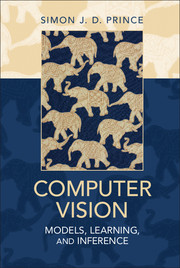
Computer Vision
- Models, Learning, and Inference
-
- Published online:
- 05 August 2012
- Print publication:
- 18 June 2012
-
- Textbook
- Export citation
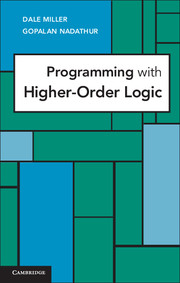
Programming with Higher-Order Logic
-
- Published online:
- 05 August 2012
- Print publication:
- 11 June 2012
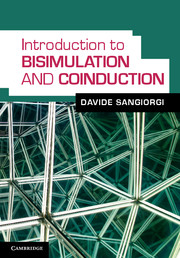
Introduction to Bisimulation and Coinduction
-
- Published online:
- 05 August 2012
- Print publication:
- 13 October 2011
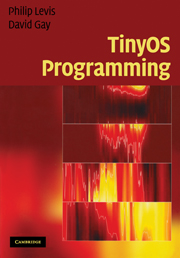
TinyOS Programming
-
- Published online:
- 05 August 2012
- Print publication:
- 12 March 2009
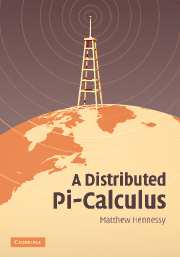
A Distributed Pi-Calculus
-
- Published online:
- 05 August 2012
- Print publication:
- 08 March 2007
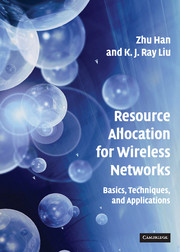
Resource Allocation for Wireless Networks
- Basics, Techniques, and Applications
-
- Published online:
- 05 August 2012
- Print publication:
- 14 April 2008
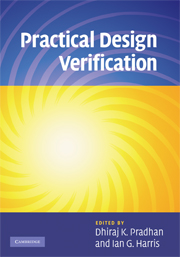
Practical Design Verification
-
- Published online:
- 05 August 2012
- Print publication:
- 11 June 2009
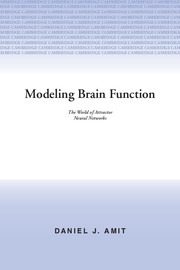
Modeling Brain Function
- The World of Attractor Neural Networks
-
- Published online:
- 05 August 2012
- Print publication:
- 29 September 1989
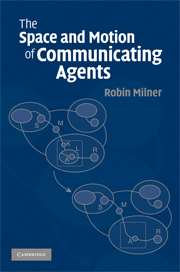
The Space and Motion of Communicating Agents
-
- Published online:
- 05 August 2012
- Print publication:
- 19 March 2009
On Sums of Generating Sets in ℤ2n
-
- Journal:
- Combinatorics, Probability and Computing / Volume 21 / Issue 6 / November 2012
- Published online by Cambridge University Press:
- 03 August 2012, pp. 916-941
-
- Article
- Export citation
ROB volume 30 issue 5 Cover and Back matter
-
- Article
-
- You have access
- Export citation
ROB volume 30 issue 5 Cover and Front matter
-
- Article
-
- You have access
- Export citation
Functional Programming for Java Developers – Tools for Better Concurrency, Abstraction, and Agility, By Dean Wampler, O'Reilly Media, July 2011, ISBN-13: 978-1449311032, 90pp.
-
- Journal:
- Journal of Functional Programming / Volume 22 / Issue 6 / November 2012
- Published online by Cambridge University Press:
- 03 August 2012, pp. 853-854
-
- Article
-
- You have access
- Export citation
Affine Parikh automata∗
-
- Journal:
- RAIRO - Theoretical Informatics and Applications / Volume 46 / Issue 4 / October 2012
- Published online by Cambridge University Press:
- 02 August 2012, pp. 511-545
- Print publication:
- October 2012
-
- Article
- Export citation
Normal forms for unary probabilistic automata
-
- Journal:
- RAIRO - Theoretical Informatics and Applications / Volume 46 / Issue 4 / October 2012
- Published online by Cambridge University Press:
- 02 August 2012, pp. 495-510
- Print publication:
- October 2012
-
- Article
- Export citation
Regularity of languages defined by formal series with isolatedcut point∗
-
- Journal:
- RAIRO - Theoretical Informatics and Applications / Volume 46 / Issue 4 / October 2012
- Published online by Cambridge University Press:
- 02 August 2012, pp. 479-493
- Print publication:
- October 2012
-
- Article
- Export citation
String Assembling Systems
-
- Journal:
- RAIRO - Theoretical Informatics and Applications / Volume 46 / Issue 4 / October 2012
- Published online by Cambridge University Press:
- 02 August 2012, pp. 593-613
- Print publication:
- October 2012
-
- Article
- Export citation
Accelerating the CM method
- Part of
-
- Journal:
- LMS Journal of Computation and Mathematics / Volume 15 / May 2012
- Published online by Cambridge University Press:
- 01 August 2012, pp. 172-204
-
- Article
-
- You have access
- Export citation
Computing Hall subgroups of finite groups
- Part of
-
- Journal:
- LMS Journal of Computation and Mathematics / Volume 15 / May 2012
- Published online by Cambridge University Press:
- 01 August 2012, pp. 205-218
-
- Article
-
- You have access
- Export citation
Recent advances on active noise control: open issues and innovative applications
-
- Journal:
- APSIPA Transactions on Signal and Information Processing / Volume 1 / December 2012
- Published online by Cambridge University Press:
- 28 August 2012, e3
- Print publication:
- December 2012
-
- Article
-
- You have access
- Open access
- HTML
- Export citation
